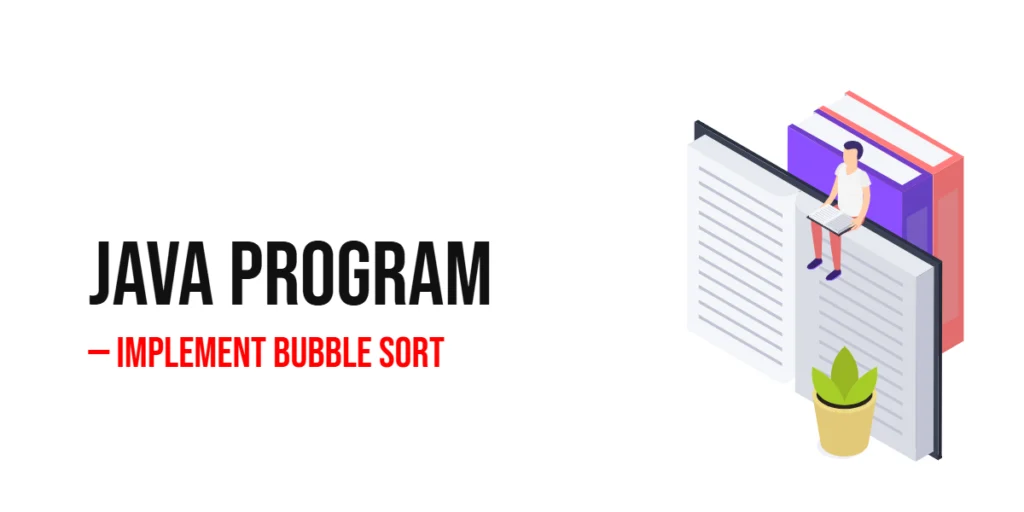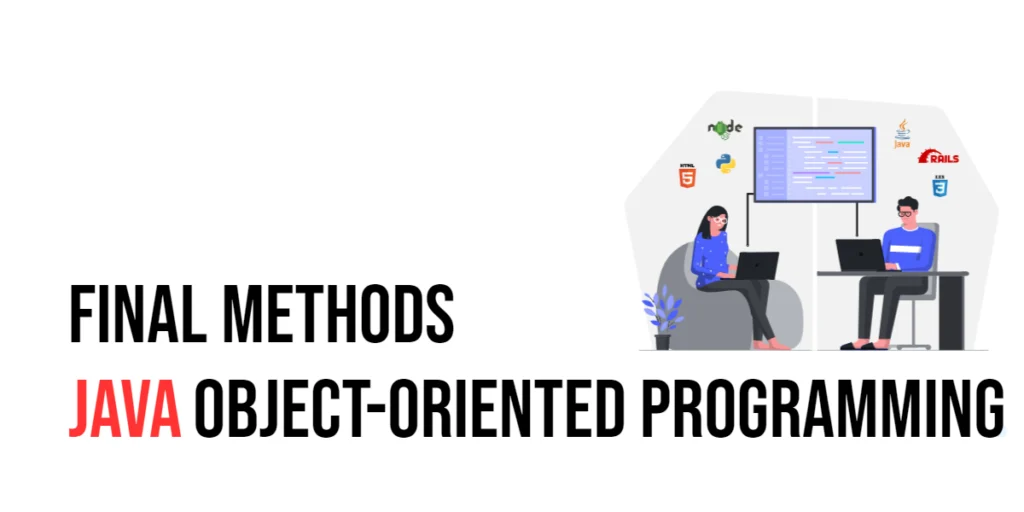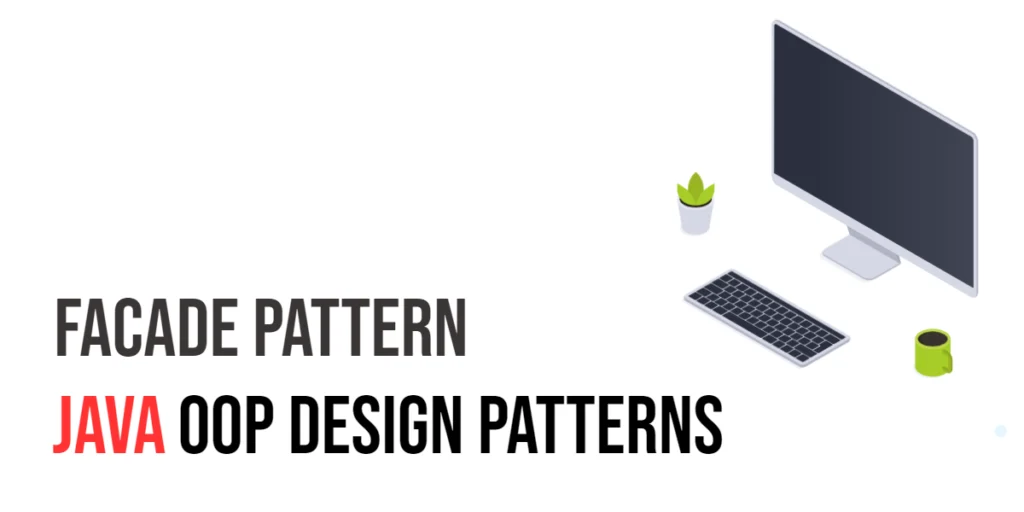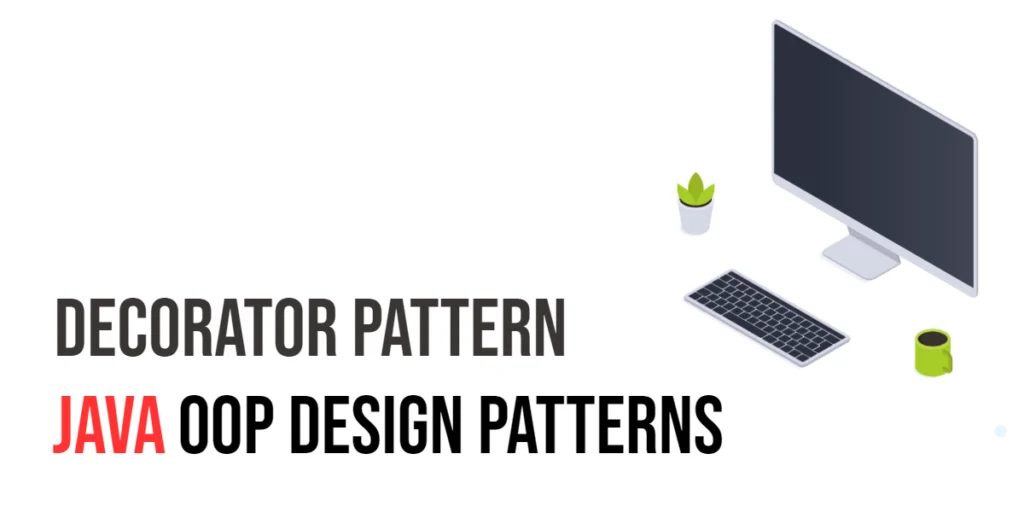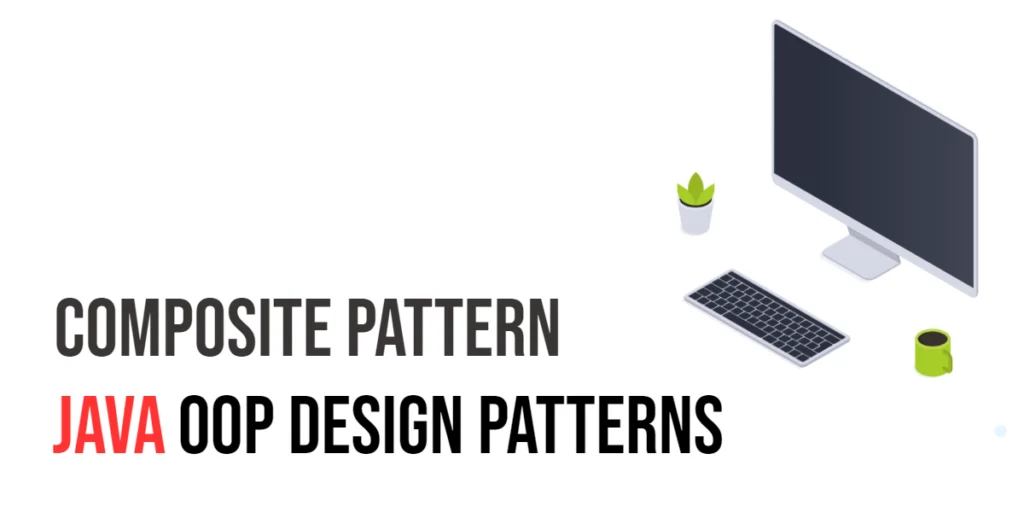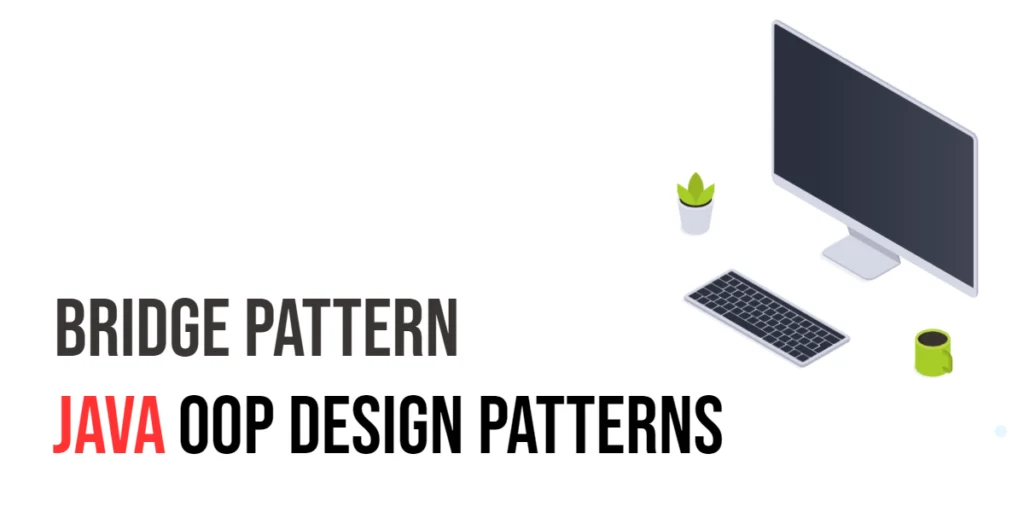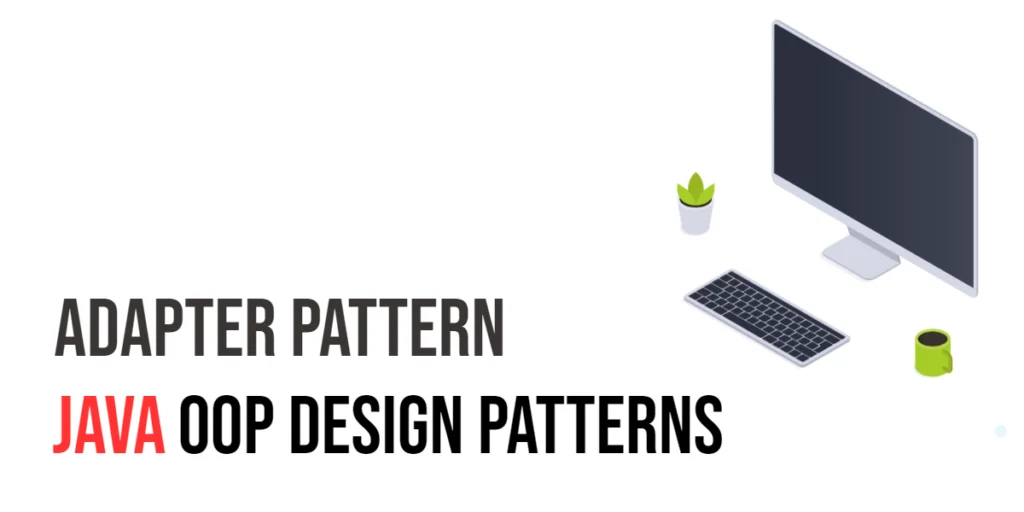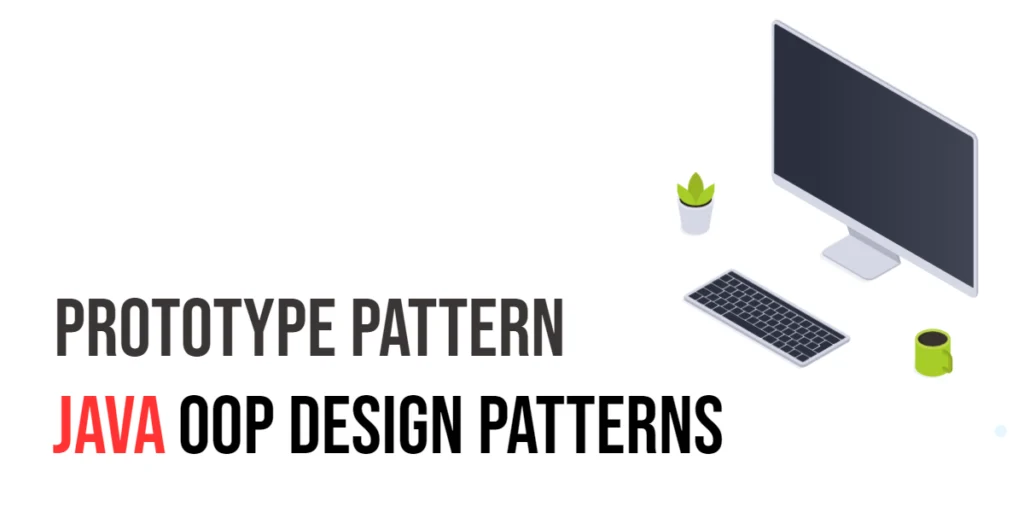Java Program to Implement Bubble Sort
Sorting is one of the most fundamental concepts in programming. It allows us to arrange data in a specific order, which can make searching, analyzing, and managing information much easier. One of the simplest and most beginner-friendly sorting techniques is Bubble Sort. Bubble Sort repeatedly compares adjacent elements in an array and swaps them if […]
Java Program to Implement Bubble Sort Read More »
